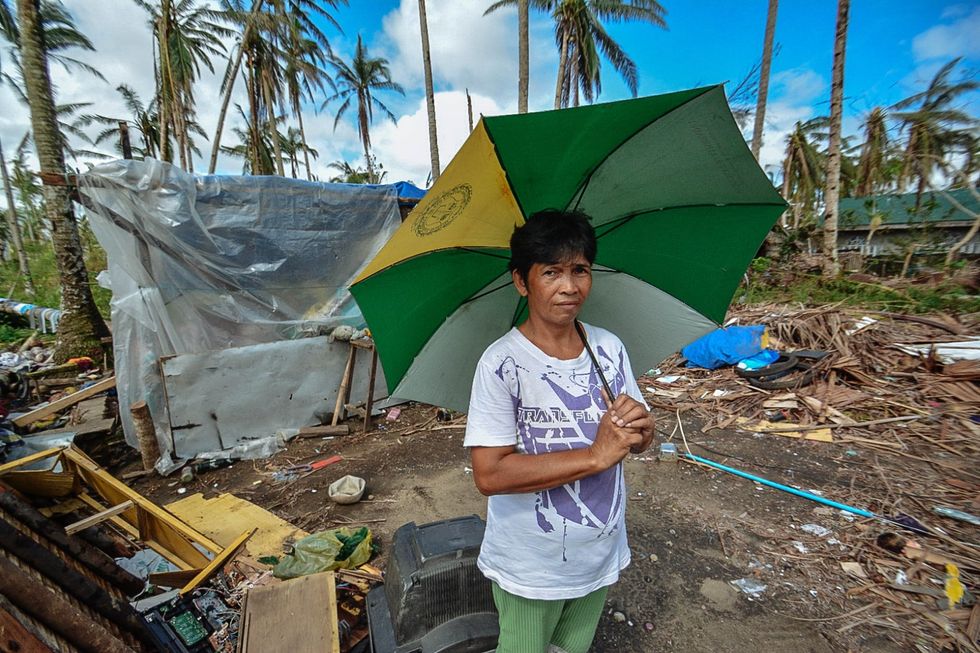Since 1906, the average global surface temperature has risen 0.9 degrees Celsius. Although a seemingly insignificant margin, this global warming imposes widespread environmental damage and devastates thousands of ecosystems internationally. Disrupting the migratory patterns of countless species, these changing temperatures often reduce breeding frequency and success because migrating animals miscalculate the period of maximum food resources and nesting sites. This climate change also alters local environmental conditions, particularly those in polar regions; the amount of ice-covered days in the Arctic Sea decreases between seven to 19 days per decade, leaving thousands of animals without ground to hunt, travel, or breed. The melting of glaciers in these regions furthermore raises sea levels and induces more frequent flooding, expected to add between four to eight inches of seawater by the end of the century.
With global surface temperatures rising more than twice as fast as just a century earlier, the rate of climate change today is unparalleled by any other time period. In the past decade, climate change has evolved beyond disrupting wildlife, now posing a direct and imminent threat to developed societies. Most alarmingly, Earth's changing temperatures are catalyzing catastrophic natural disasters around the globe, or at least expanding their destructive potential.
In August to September of 2017, hurricanes Harvey and Irma ravaged southeast North America within just two weeks of one another. Scientists believe that climate change is creating a warmer, more violent atmosphere due to increased greenhouse gases and a higher capacity to hold water vapor, producing unprecedented destructive meteorological patterns. Harvey alone stands as the most costly natural disaster in American history, but little recovery time was spared with Irma striking just 13 days later. Meanwhile, wildfires have engulfed over 170,000 acres of North California within the past two months. Suffering from high temperatures and low water availability, the dried out vegetation is expected to sustain the conflagrations for weeks until the Californian rainy season. These conditions also cause severe drought, damaging both the local landscape and agricultural sector.
On the other side of the globe, devastating floods in India, Nepal, Bangladesh, Sierra Leone, Niger, the Democratic Republic of Congo, and Nigeria have collectively killed hundreds more than Harvey and Irma combined. In just one month, these floods have displaced over 100,000 victims and caused over 1,000 casualties. Consequent mudslides, exacerbated by widespread deforestation and increased precipitation, have caused over 200 additional deaths. Yet again, climate change can be held responsible for these natural disasters; a warmer atmosphere has a higher capacity to hold moisture, which continues to melt from the confining crystals of polar ice caps. In fact, this year records the highest annual rainfall in African history.
The continuing anthropogenic exploitations of land and resources leaves a poor environmental legacy for future generations. If this trend of increasing temperatures continues, the human species could face internationally catastrophic natural disasters and resource shortages that may bring the end of modern society as we know it.












